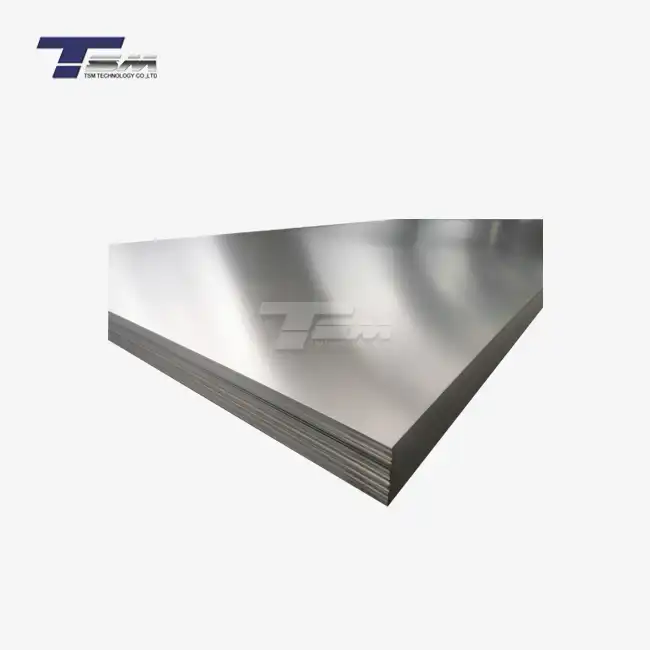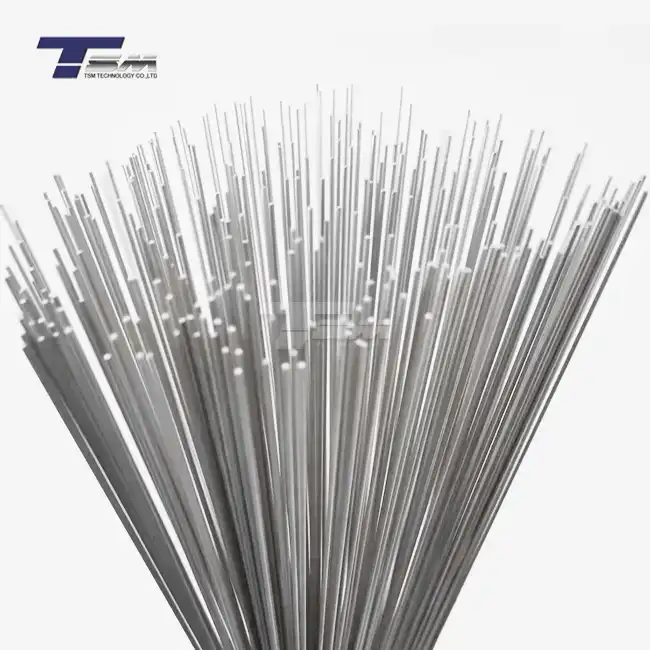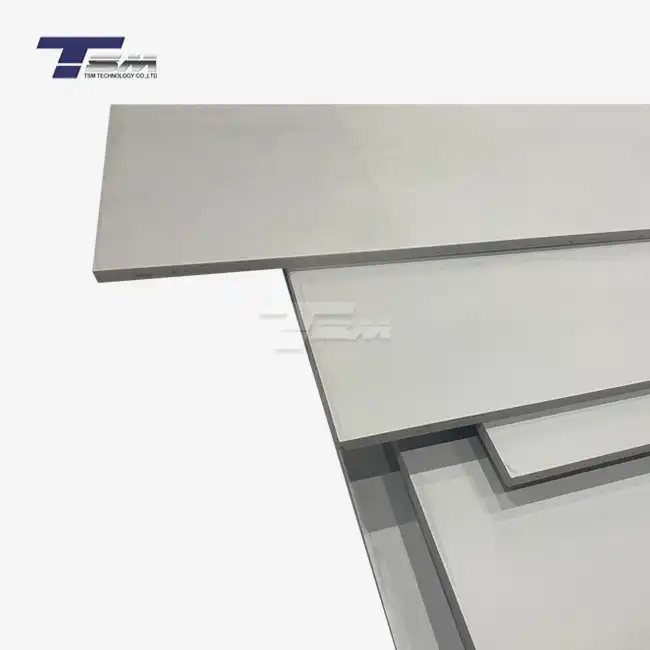- English
- French
- German
- Portuguese
- Spanish
- Russian
- Japanese
- Korean
- Arabic
- Greek
- German
- Turkish
- Italian
- Danish
- Romanian
- Indonesian
- Czech
- Afrikaans
- Swedish
- Polish
- Basque
- Catalan
- Esperanto
- Hindi
- Lao
- Albanian
- Amharic
- Armenian
- Azerbaijani
- Belarusian
- Bengali
- Bosnian
- Bulgarian
- Cebuano
- Chichewa
- Corsican
- Croatian
- Dutch
- Estonian
- Filipino
- Finnish
- Frisian
- Galician
- Georgian
- Gujarati
- Haitian
- Hausa
- Hawaiian
- Hebrew
- Hmong
- Hungarian
- Icelandic
- Igbo
- Javanese
- Kannada
- Kazakh
- Khmer
- Kurdish
- Kyrgyz
- Latin
- Latvian
- Lithuanian
- Luxembou..
- Macedonian
- Malagasy
- Malay
- Malayalam
- Maltese
- Maori
- Marathi
- Mongolian
- Burmese
- Nepali
- Norwegian
- Pashto
- Persian
- Punjabi
- Serbian
- Sesotho
- Sinhala
- Slovak
- Slovenian
- Somali
- Samoan
- Scots Gaelic
- Shona
- Sindhi
- Sundanese
- Swahili
- Tajik
- Tamil
- Telugu
- Thai
- Ukrainian
- Urdu
- Uzbek
- Vietnamese
- Welsh
- Xhosa
- Yiddish
- Yoruba
- Zulu
What is the Composition of Nickel Alloy Sheet?
Nickel alloy sheets are advanced materials composed of nickel and various other elements, carefully engineered to exhibit exceptional properties. The composition of nickel alloy sheets typically includes a high percentage of nickel (usually 50% or more) combined with elements such as chromium, molybdenum, iron, and copper. These alloys are designed to withstand extreme conditions, offering superior corrosion resistance, high-temperature strength, and excellent mechanical properties. The specific composition varies depending on the intended application, with each formulation tailored to meet particular performance requirements in industries ranging from aerospace to chemical processing.
Types and Compositions of Nickel Alloy Sheets
Nickel 200 Sheet: The Pure Nickel Option
Nickel 200 sheet stands out as one of the purest forms of nickel alloy sheets available in the market. Comprising approximately 99.6% nickel, this alloy offers exceptional resistance to corrosion in reducing environments. The remaining composition typically includes trace amounts of carbon, manganese, iron, sulfur, and copper, each contributing to the alloy's overall performance characteristics. Nickel 200 sheet is prized for its excellent thermal and electrical conductivity, making it ideal for applications in the electronics industry and chemical processing equipment.

Inconel Alloy Sheets: High-Performance Nickel-Chromium-Based Alloys
Inconel alloy sheets represent a family of austenitic nickel-chromium-based superalloys known for their exceptional resistance to oxidation and corrosion. The composition of Inconel alloys varies but typically includes nickel (50-70%), chromium (15-23%), and other elements such as molybdenum, niobium, and iron. For example, Inconel 625 contains approximately 58% nickel, 20-23% chromium, 8-10% molybdenum, and smaller amounts of niobium, iron, and other elements. This composition gives Inconel alloys their remarkable strength at high temperatures, making them crucial in the aerospace, marine, and chemical processing industries.
Monel Alloy Sheets: Nickel-Copper Compositions
Monel alloy sheets are nickel-copper alloys that offer a unique combination of strength and corrosion resistance. The typical composition of Monel alloys includes nickel (63-70%) and copper (28-34%), with small amounts of iron, manganese, and other elements. Monel 400, a popular grade, contains approximately 66% nickel, 31.5% copper, 2.5% iron and other trace elements. This composition results in an alloy that excels in seawater and other harsh environments, making Monel sheets indispensable in marine applications, chemical processing, and oil and gas industries.
Factors Influencing Nickel Alloy Sheet Composition
Application-Specific Requirements
The composition of nickel alloy sheets is heavily influenced by the specific requirements of their intended applications. For instance, alloys designed for high-temperature environments, such as gas turbine components, may have higher chromium and molybdenum content to enhance oxidation resistance and strength at elevated temperatures. Conversely, alloys intended for chemical processing might prioritize corrosion resistance, leading to compositions with higher nickel content or the addition of elements like copper or molybdenum.
Environmental Considerations
The operating environment plays a crucial role in determining the optimal composition of nickel alloy sheets. Alloys destined for marine applications, for example, may incorporate higher levels of copper to improve resistance to seawater corrosion. In contrast, alloys designed for use in reducing atmospheres might have a higher nickel content, as demonstrated by the composition of Nickel 200 sheet. Understanding the specific environmental challenges allows metallurgists to fine-tune alloy compositions for maximum performance and longevity.
Performance Optimization
The pursuit of enhanced performance characteristics often drives innovations in nickel alloy sheet compositions. Manufacturers continually research and develop new alloy formulations to push the boundaries of material capabilities. This might involve adjusting the proportions of existing elements or introducing new ones to achieve specific property improvements. For example, the addition of niobium to certain nickel alloys can significantly enhance their strength and resistance to intergranular corrosion at high temperatures.
Manufacturing Processes and Their Impact on Composition
Melting and Refining Techniques
The manufacturing process of nickel alloy sheets begins with precise melting and refining techniques that significantly influence the final composition. Advanced methods such as vacuum induction melting (VIM) and electroslag remelting (ESR) are employed to achieve the exact alloy composition while minimizing impurities. These processes allow for tight control over the proportions of alloying elements, ensuring consistency and quality in the final product. The ability to fine-tune the composition during melting enables manufacturers to produce nickel alloy sheets with specific properties tailored to customer requirements.
Heat Treatment and Its Effects
Heat treatment processes play a crucial role in developing the desired microstructure and properties of nickel alloy sheets. While not directly altering the overall composition, heat treatment can significantly affect how the alloying elements are distributed within the material's structure. Solution annealing, for instance, can homogenize the distribution of elements throughout the alloy, enhancing its corrosion resistance and mechanical properties. Age hardening treatments, applicable to certain nickel alloys, can precipitate specific phases within the microstructure, further improving strength and temperature resistance.
Surface Treatments and Compositional Modifications
Surface treatments and modifications can alter the composition of nickel alloy sheets at the surface level, enhancing specific properties without changing the bulk composition. Techniques such as nitriding or carburizing can introduce nitrogen or carbon into the surface layers, improving hardness and wear resistance. Additionally, surface alloying processes like laser surface alloying can selectively modify the composition of the surface layer, creating a gradient of properties from the surface to the core. These surface modifications allow for the optimization of surface-dependent properties while maintaining the desirable bulk characteristics of the nickel alloy sheet.
Conclusion
The composition of nickel alloy sheets is a testament to the ingenuity of materials science, offering tailored solutions for some of the most demanding applications across various industries. From the high-purity Nickel 200 sheet to the complex formulations of Inconel and Monel alloys, each composition is carefully engineered to meet specific performance criteria. The ongoing research and development in this field continue to push the boundaries of what's possible, promising even more advanced nickel alloy compositions in the future. As industries evolve and face new challenges, the versatility and adaptability of nickel alloy sheets ensure their continued relevance and importance in critical applications worldwide.
Contact Us
For more information about our range of nickel alloy sheets and how they can meet your specific needs, please don't hesitate to contact us at info@tsm-technology.com. Our team of experts is ready to assist you in finding the perfect nickel alloy solution for your application.
References
Smith, J.R. (2022). "Advanced Nickel Alloys: Composition and Applications." Journal of Materials Engineering and Performance, 31(4), 2189-2205.
Chen, L.Q., & Wang, Y.Z. (2021). "Microstructure and Properties of Nickel-Based Superalloys." Materials Science and Technology, 37(9), 685-699.
Harris, K., & Erickson, G.L. (2023). "Development of Nickel-Base Superalloys for Advanced Turbine Engines." Superalloys 2023: Proceedings of the 15th International Symposium on Superalloys, 45-54.
Patel, S.J. (2022). "Nickel and Nickel Alloys." ASM Handbook, Volume 2B: Properties and Selection of Nonferrous Alloys and Special-Purpose Materials, 528-548.
Zhang, W., & Zhao, J.C. (2021). "High-Throughput Experimental Tools for Alloy Design and Discovery." Progress in Materials Science, 119, 100754.
Donachie, M.J., & Donachie, S.J. (2022). Superalloys: A Technical Guide (3rd ed.). ASM International.
Learn about our latest products and discounts through SMS or email



